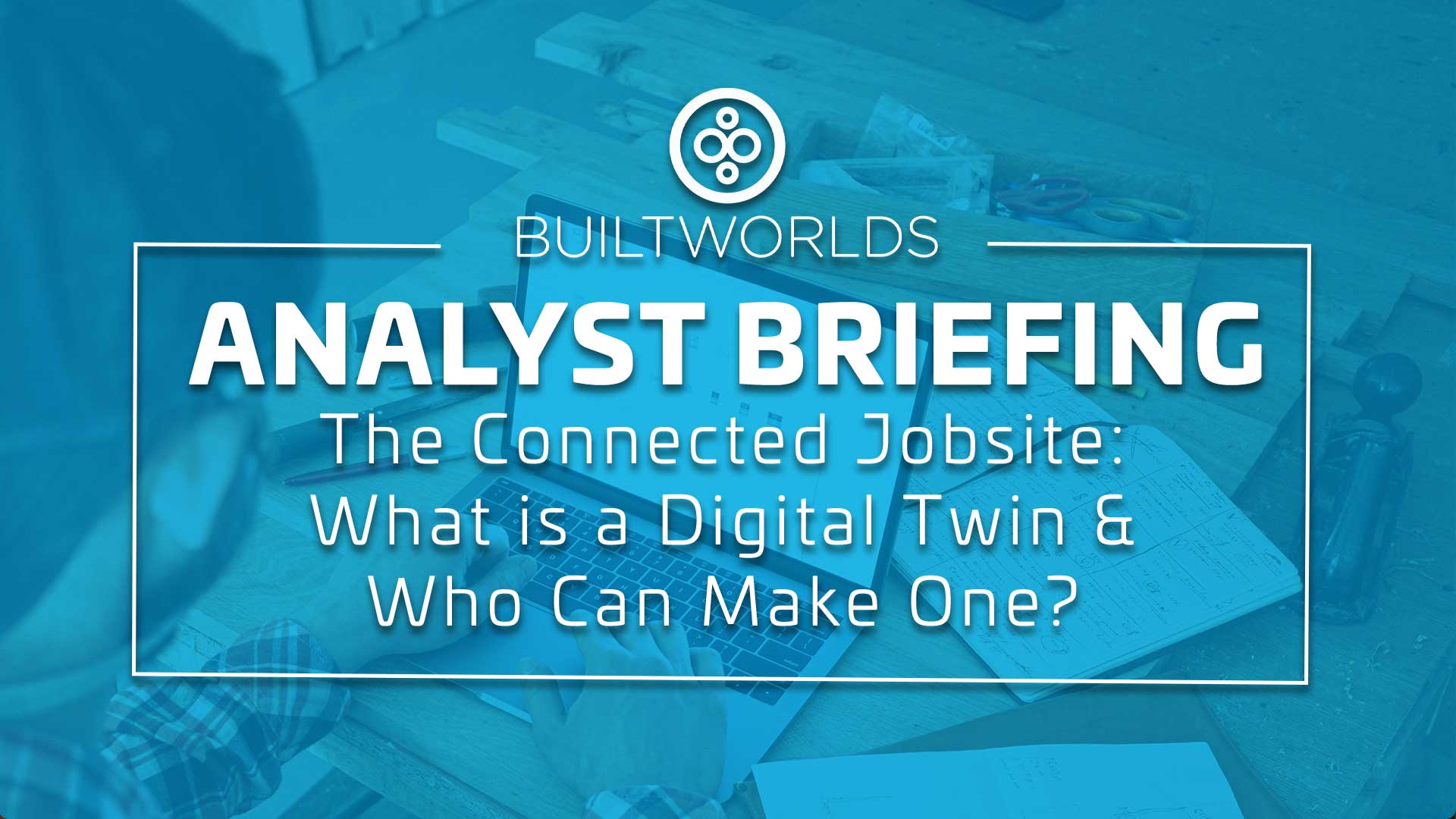
As the construction industry continues to advance, the value of any technology solution is not necessarily in the individual product, but rather in the product’s ability to plug into a technology platform, or system, and interact as one of many tools. Contractors increasingly have realized that their internal processes in place are equally important, if not more important, than the technology solutions themselves. While construction management continues to be a messy, at times bordering chaotic, process, the last few decades have seen vast improvements to the consistency and clarity of processes and techniques contractors are using to successfully complete their projects.
The concept and practice of lean processes is widely credited to Japanese car manufacturer Toyota beginning not long after World War II, where they sought to improve their efficiency and reduce waste in their manufacturing processes. It was not until later into the 80’s and 90’s that Toyota identified their processes as a formal system, TPS, but the practice had been established and developed for decades prior. Then, Motorola came along with a similar project management process in Lean Six Sigma in the 90’s, which was then popularized by GE shortly after. Those in project management are now familiar with a wide variety of frameworks, including agile, scrum, critical path method, the Project Management Institute’s Body of Knowledge, and so on. What each of these frameworks seek to achieve, at their core, are integrated, automated processes that lead to higher success rates.
A Key Concept Emerges
Considering the importance of these project management frameworks, it is equally important to then understand the role technology plays. If highly integrated & automated processes are the goal, a key consideration is then understanding how new technology solutions help or hinder the ability to effectively manage the construction process.
Digital twin is a concept that didn’t really exist until about 20 or so years ago in any industry, let alone in the construction realm. Initially used (though not by name) by NASA, many think of Rolls Royce as popularizing the technology in the early 2000’s in their aviation division. A digital twin, named quite practically, is a digital representation of something physical. Applied to construction, a digital twin is a live 3D (or 4D or 5D) model of an asset.
As with project management frameworks that migrated from manufacturing to construction, the concept of the digital twin has now made its way to construction in recent years. Bolstered by improvements in software (AI, IoT, AR/VR) and hardware (cameras, sensors), digital twins are now becoming effective tools for the industry. Now, how does this all relate back to integrated and automated processes?
The Connected Jobsite
A critical component of the digital twin is that it is not static; rather, it is an active representation of the physical asset which utilizes a myriad of data inputs to maintain a continuous model of the asset. The digital twin takes data from the entire project lifecycle - beginning in the design phase, through the construction phase ultimately project completion and turnover.
In the same way that six sigma, critical path method, agile, and other frameworks require consistent and clear data to be successful, so too does the digital twin. It is at the core of the idea that all data must be continuous and efficient, as opposed to a singular, point solution. The digital twin demands the connectivity and collaboration of a variety of technology solutions, and in turn provides an integrated data platform available before, during, and after the project.
Digital Twins from Some Major Players
While a host of technology types capture and feed information to a digital twin including VDC & design tools, reality capture solutions, progress tracking cameras, sensors, schedules, cost ledgers and more, the digital twin is the digital representation of the data itself. The following are all key players leading the construction industry in developing these digital representations:
- Amazon AWS IoT Twinmaker
- Autodesk Tandem
- Bentley Opentower iQ
- Dassault Virtual Twin
- Microsoft Azure Digital Twins
- NVIDIA Omniverse



Discussion
Be the first to leave a comment.
You must be a member of the BuiltWorlds community to join the discussion.